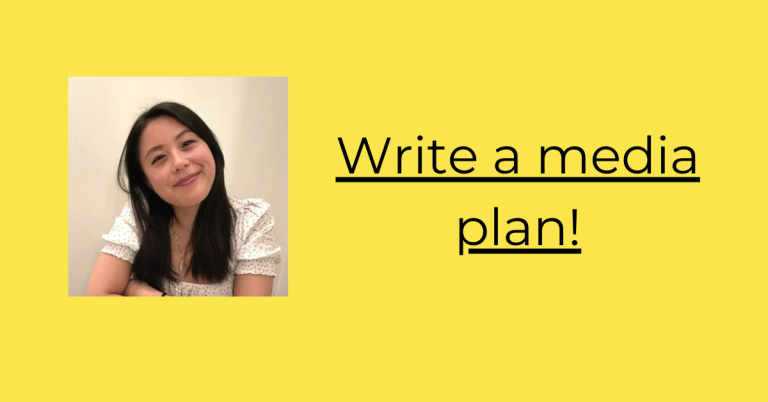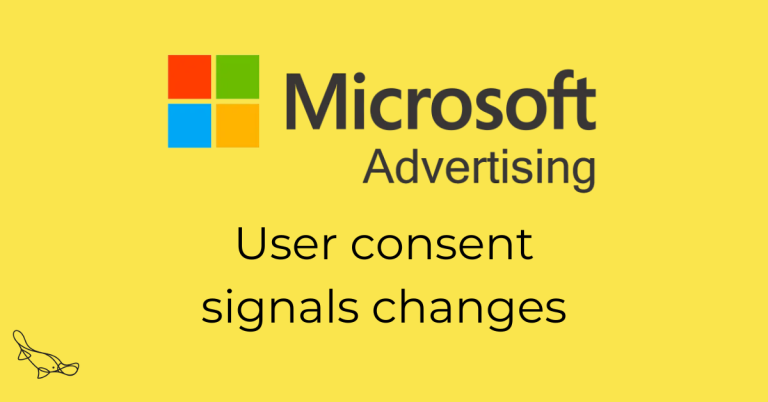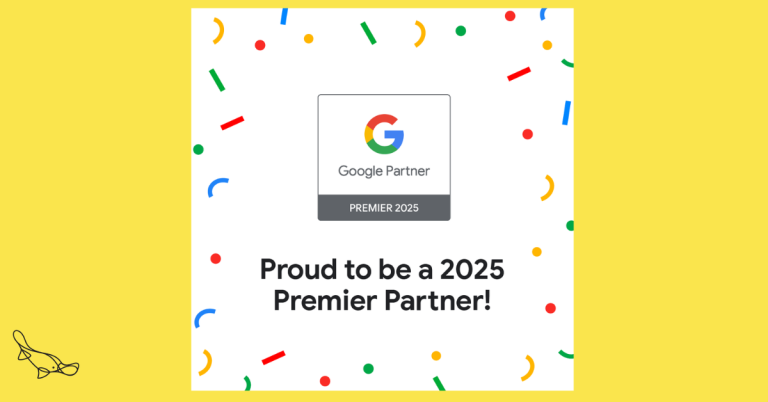What is a media plan?
A media plan is a vital document that maps out how your charity will use different marketing channels to reach your digital marketing campaign goals.
Whether you’re planning a Christmas appeal, an emergency fundraising campaign, or a year-long awareness drive, it’s your blueprint for success.
It’s usually a spreadsheet that lays out your total media spend by channel and / or campaign.
Plan spend across channels and campaigns
Your plan should detail every aspect of your campaign’s digital presence.
For a typical charity campaign, this means coordinating paid social advertising across Meta, Instagram and LinkedIn, alongside Google Ads across Search, Display and YouTube.
You might also include Spotify advertising for audio content, or Bing Ads to capture a bit of extra search traffic.
For each channel, your plan needs to detail the channel budget and expected costs, timeline and performance targets. That could include media spend, impressions, reach or projected donations and cost per acquisition.
It’s the perfect opportunity to map out your expected reach, engagement goals, and most importantly, how much you’re willing to pay for each new supporter.
Everyone refers to your media plan
Think of your media plan as the campaign’s central nervous system.
- Your digital marketing officer will check it daily to guide their optimisation decisions.
- Whoever manages the campaign uses it to track overall progress and report to stakeholders.
- If you’re working with an agency, they’ll refer to it constantly to ensure their work aligns with your goals for the campaign.
- Your finance team will monitor spend against targets
- Your fundraising team tracks incoming donations against projections.
Using your plan during the campaign
Here’s how different team members might use the plan throughout a campaign:
Your digital marketing officer starts each morning by checking performance against the media plan’s targets. They notice the Google Ads cost per acquisition is running high, so they adjust bids and targeting to bring it back in line.
Meanwhile, your campaign manager is preparing for the weekly status meeting. They use the media plan to show how Facebook acquisition costs are beating targets, making a case for moving budget from Google to Meta ads.
Your agency partner checks the plan’s content calendar to ensure their next set of ad creatives aligns with the campaign timeline. They see you’re entering the final push phase, so they adapt messaging accordingly.
At month-end, your finance team reconciles actual spend against the plan’s projections. They flag that YouTube spend is under budget, creating an opportunity to test some new video content.
Keep it active
Your campaign media plan should be a living document. Schedule daily check-ins for performance metrics, weekly reviews for channel allocation, and monthly deep dives into overall strategy.
When emergency situations arise – like responding to a news story or adjusting for unexpected performance – your media plan helps everyone understand the impact of quick decisions on overall campaign goals.
Make it actionable
To turn your campaign plan into reality, ensure everyone knows:
- Who manages daily optimisation decisions
- When budget calls need to be made
- How success is measured for each channel
- When to escalate issues
Remember, a good campaign media plan isn’t just about numbers – it’s about giving your team the tools they need to make smart decisions every day.
We can help with your media plan
Need help planning your next charity campaign?
Get in touch to see how we can help plan your spend across channels and campaigns.





